Art Reviews
Fiji: Art and Life in the Pacifics
Sainsbury Centre for Visual Arts
17/10/16
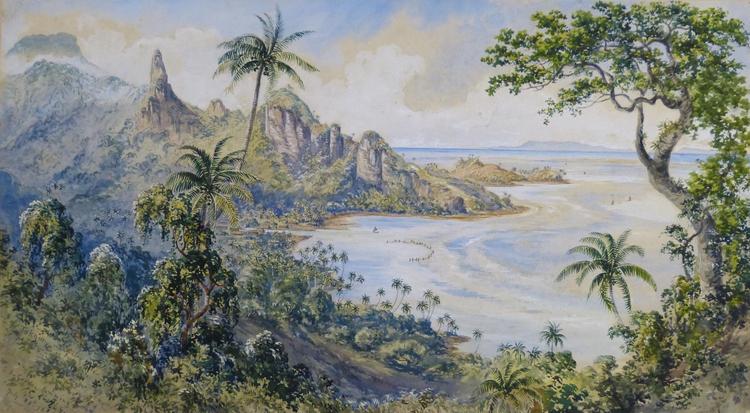
The most comprehensive display of Indigenous Fijian art ever put together, Fiji: Art and Life in the Pacific, opens this October at the Sainsbury Centre for Visual Arts. Comprising over 270 objects, the exhibition seeks to enlighten viewers about Fiji’s rich history and vibrant cultural traditions whilst championing the creative adaptability and technical genius continued by contemporary makers today.
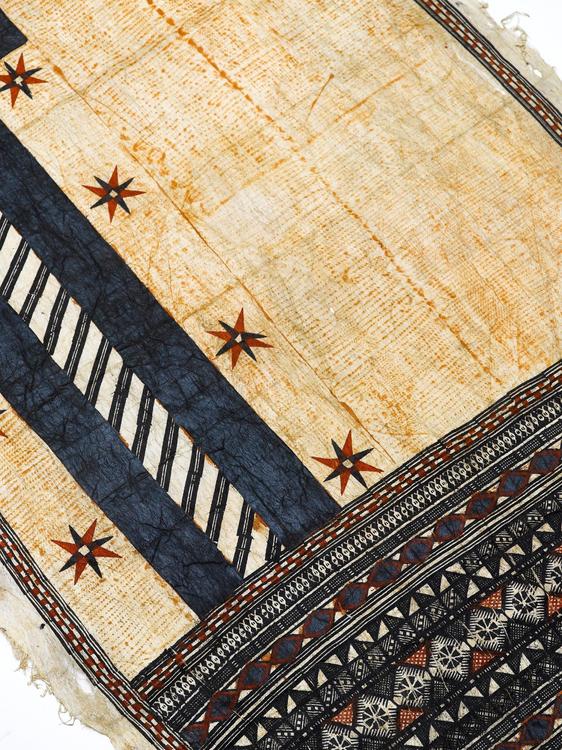
On loan from various museums across the UK and Europe, the exhibition displays an eclectic range of historical objects collected since the first expeditions to Fiji in the late 18th century. Gleaming whale’s teeth, highly polished wooden kava bowls, spiked ivory necklaces and intricately inlaid boar tusk breastplates are arranged, glinting, in illuminated vitrines. Rather than presenting an assemblage of ethnographic objects, the exhibition progressively moves away from the conventions of museum display choosing to celebrate each object as a striking artwork in its own right.
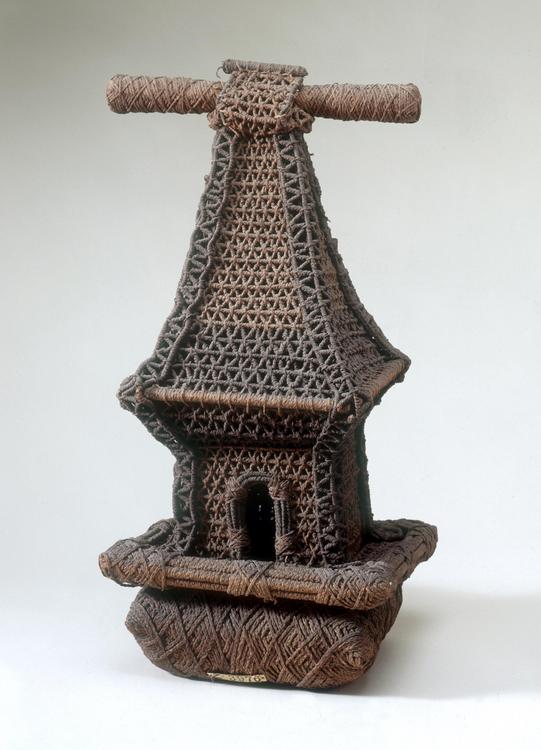
A central theme of the exhibition is relationships; the display highlights the long history of intercultural exchange between early traders, missionaries, colonial administrators and Indigenous makers. Rather than focussing solely on the objects, the curators have made every effort to relate the stories of the artists and collectors behind them. Watercolours from the colonial encounter and European photography ranging from the 19th century to the 1970s flavour the collections with historical context, intriguing characters and diverse landscapes.
With independence in the 1970s came the need for a Fijian national identity; barkcloth or tapa - a textile made from the beaten pulp of the paper mulberry tree and used in ceremonial exchange - has resoundingly become one of Fiji’s most admired symbols and a source of great cultural pride. The gallery walls are adorned with abundant stretches of cloth painted with differing regional designs. Alongside the of impossibly complex geometric patterns of the traditional tapa, the exhibition features a collection of stunning couture barkcloth dresses. Each garment is meticulously pleated and delicately engineered by Indigenous designers who have innovatively incorporated their heritage into contemporary fashion.
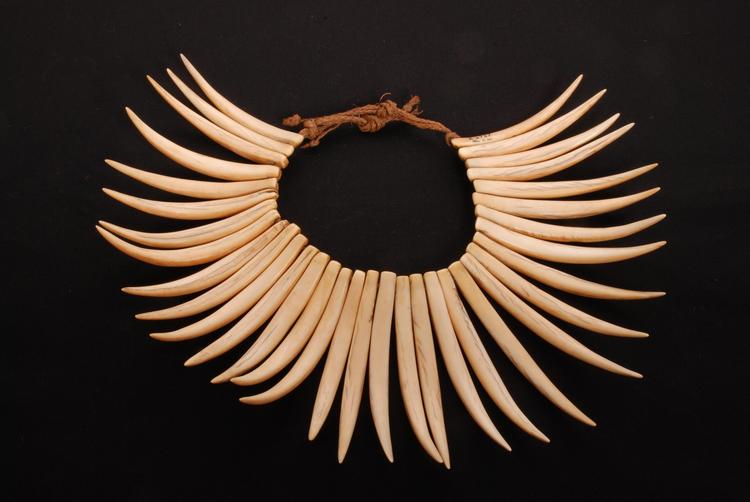
The gallery plan moves the viewer fluidly as if island hopping between contemporary objects and historical collections and back again to the present day. Fiji is presented as a dynamic contemporary culture but one that is not without its challenges; one display acknowledges the environmental pressures posed to present and future generations of Pacific islanders as sea levels rise. The reminder of the inexorable realities of global warming cautions the viewer to be wary of simplifying Fiji as an idyllic island paradise.
The close relationship between Fijians and the ocean becomes an omnipresent motif throughout the exhibition; spondylus shell body ornaments, whale ivories, fishhooks and canoe technology all carry with them the echo of the waves. Upon entrance, an entire wall is dedicated to situating the Fijian archipelago on a map in relation to Australia and the vast expanse of the Pacific.
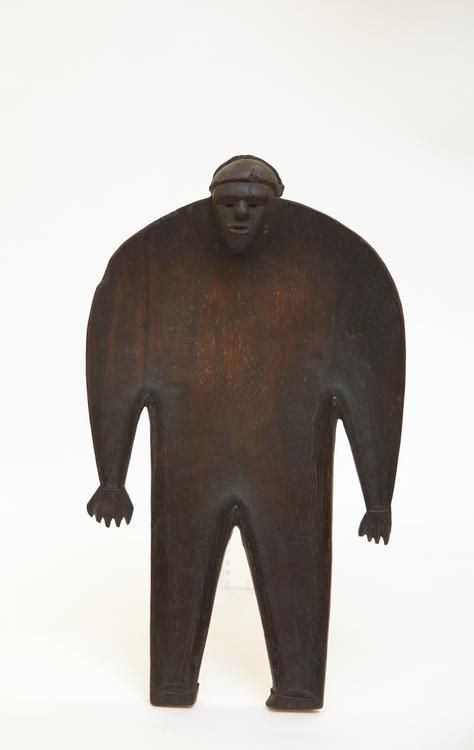
The star of the show is undoubtedly the recently commissioned 8m long canoe or drua, transported all the way to Norwich from Fiji, after making a brief layover to feature in the Queen’s 90th Birthday Pageant back in May. Carved from wood and bound together entirely with coconut husk fibre, the fully sailable canoe was built using traditional techniques by craftsmen from the Lau islands; the piece is as an outstanding revival of the expertise of their seafaring ancestors.
The exhibition will be running until the 12th February 2017 at the Sainsbury Centre for Visual Arts: 10am-6pm Tuesday - Friday, 10am-5pm Saturday - Sunday.
Entry is £12/£10.50 concessions.